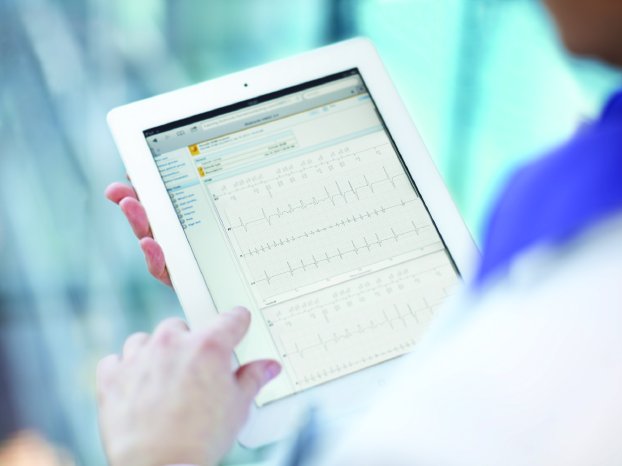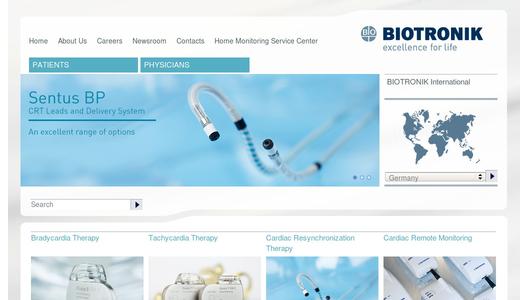"Patients and physicians prefer remote follow-up as it contributes to better patient health and alerts physicians to the patients who most need their attention. Reducing in-office follow-ups frees up resources for physicians to respond quickly to patients in need," explained Dr. Hein Heidbuchel, Heart Center Hasselt and Hasselt University, Belgium. "These study results underscore that reorganizing care to remotely monitor heart patients also makes economic sense. This is the future of medicine - seeing patients in the most efficient way possible, while maintaining a high quality of care."
The randomized, prospective multicenter trial's primary endpoint was the total follow-up-related cost for providers. Secondary endpoints included the net financial impact on providers and costs from a health care payer's perspective. A total of 312 patients with single- or dual-chamber ICDs from 17 centers in Belgium, Germany, the Netherlands, Spain and the UK were enrolled. A study extension is currently enrolling a CRT patient group.
The total follow-up cost for providers over the two-year study period did not differ significantly between the Home Monitoring and control arms (€204 versus €213 per patient). There was no significant difference in the net financial impact on providers, although results varied greatly by country.
For payers - health insurers or national health care systems - there was a trend towards lower total costs per patient with Home Monitoring (€4,881 versus €4,307 in the Home Monitoring group). This included other physician visits, examinations, hospitalizations and follow-up-related costs. Even in countries like Germany and the UK where hospitals and physicians are reimbursed for remote follow-up, costs did not rise, showing that there is room to properly compensate providers for these services and reimburse remote monitoring technology. Numerically lower costs were driven by fewer and shorter hospitalizations, corroborating results from previous ICD trials such as ECOST2 and CONNECT3.
Physicians spent significantly less time on Home Monitoring patients (73 versus 64 minutes, p=0.028). Time spent on remote and in-office follow-up was not significantly different for health care workers as a whole. Over two years, all health care workers combined - physicians, nurses and technicians - spent under three hours per patient on average, regardless of whether they used Home Monitoring or conventional follow-up.
"Given Home Monitoring's lower costs for payers, physicians should be adequately reimbursed for remote follow-up, as should the technology itself," added Dr. Heidbuchel. "With excellent clinical results as shown in previous studies such as COMPAS4, TRUST5 and IN-TIME6, and the European Society of Cardiology's recommendation7, there is strong clinical support for remote monitoring. We hope EuroEco's results will contribute to a reorganization of care that is a win-win situation for all parties - payers, providers and ultimately, patients."
References:
1 Heidbuchel H et al. Presentation at ESC Congress 2014.
2 Guedon-Moreau L et al. Europace. 2014, 16(8).
3 Crossley GH et al. Journal of the American College of Cardiology. 2011, 57(10).
4 Mabo P et al. European Heart Journal. 2012, 33.
5 Varma V et al. Circulation. 2010, 122(4).
6 Hindricks G et al. The Lancet. 2014, 384(9943).
7 Brignole M et al. 2013 ESC Guidelines on Cardiac Pacing and Cardiac Resynchronization Therapy. European Heart Journal. 2013, 34(29).
For more information, visit: www.biotronik.com


